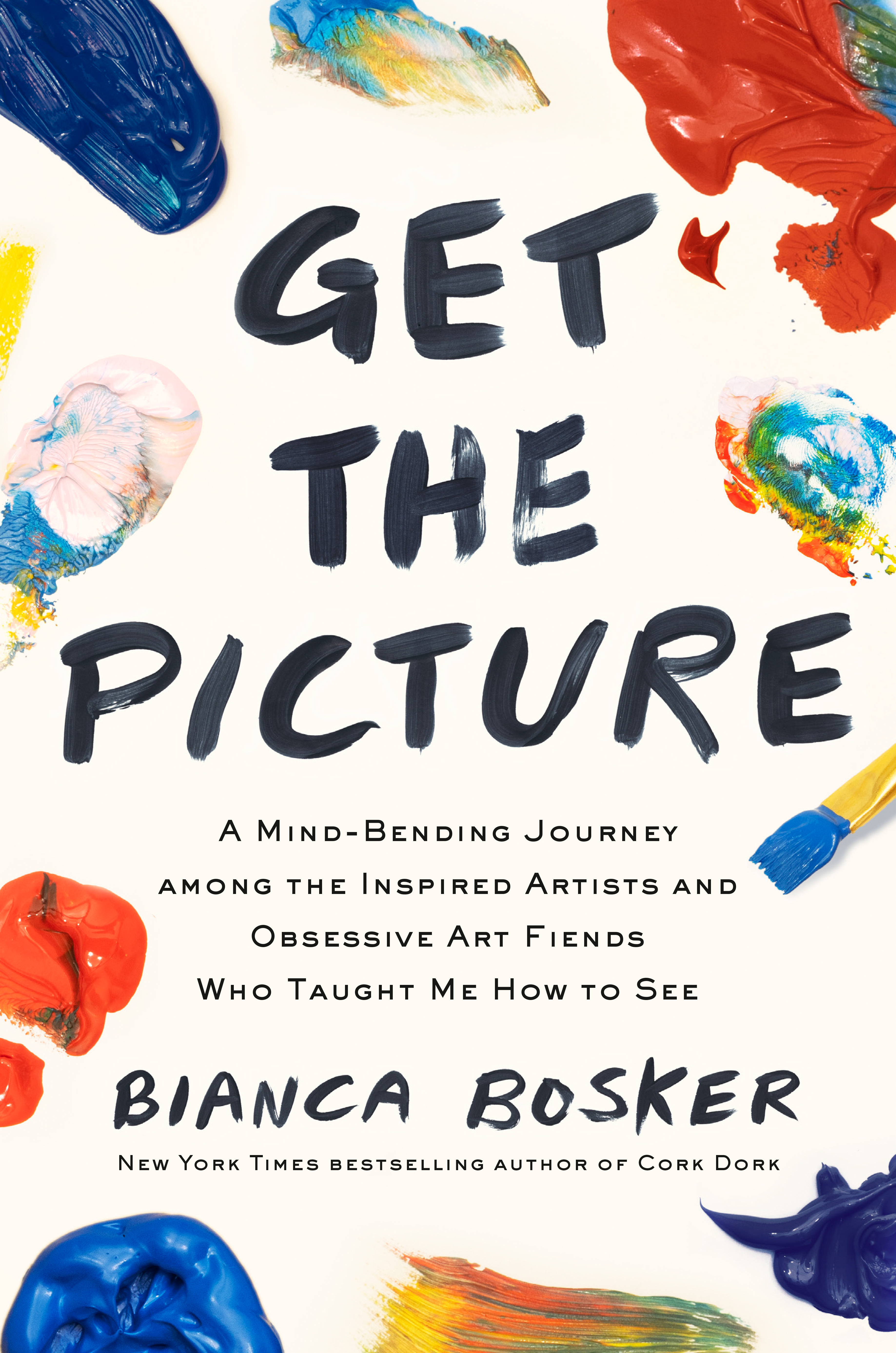What do you think?
Rate this book


370 pages, Hardcover
First published January 1, 2024
Today we hail Picasso’s Les Demoiselles d’Avignon as art and dismiss a needlepoint pillow that says “NAP QUEEN” as lowly “craft”…yet the notion that fine art exists as a separate category unto itself and moves us more deeply than mere stuff is actually a recent invention, one that’s newer and more European than the cuckoo clock.This leads her to Ellen Dissanayake, who advocates “banning the word art altogether on the grounds that it’s uselessly vague, and argues we shouldn’t treat art as anything but a behavior.” That’s an interesting way of looking at it. This behavior is further defined as “taking ordinary things and making them special.”
One morning, Julie (artist Julie Curtiss, who was employing Bosker as an assistant) came in and announced that the most important thing on my to-do list was researching the Newtown Creek Wastewater Treatment Plant.
I’d seen the wastewater plant from the safe, scentless distance of the road, and while I truly appreciated its honorable service on behalf of the city’s bowels, it wouldn’t have made my list of beloved New York landmarks. Julie apparently felt otherwise. “Isn’t it a surreal building?..It looks like eggs or breasts. It’s a very feminine kind of architecture…I want to visit it. Have you ever visited it?”
The silver breasts that Julie admired, which process sewage sludge into fertilizer, are officially called digester eggs. Unofficially, they��re called “shit tits.”
I got frustrated thinking about those in the art world pitching the artificial scarcity of great art. Beauty was not expensive or a luxury or hard to come by. It was attention that was in short supply.